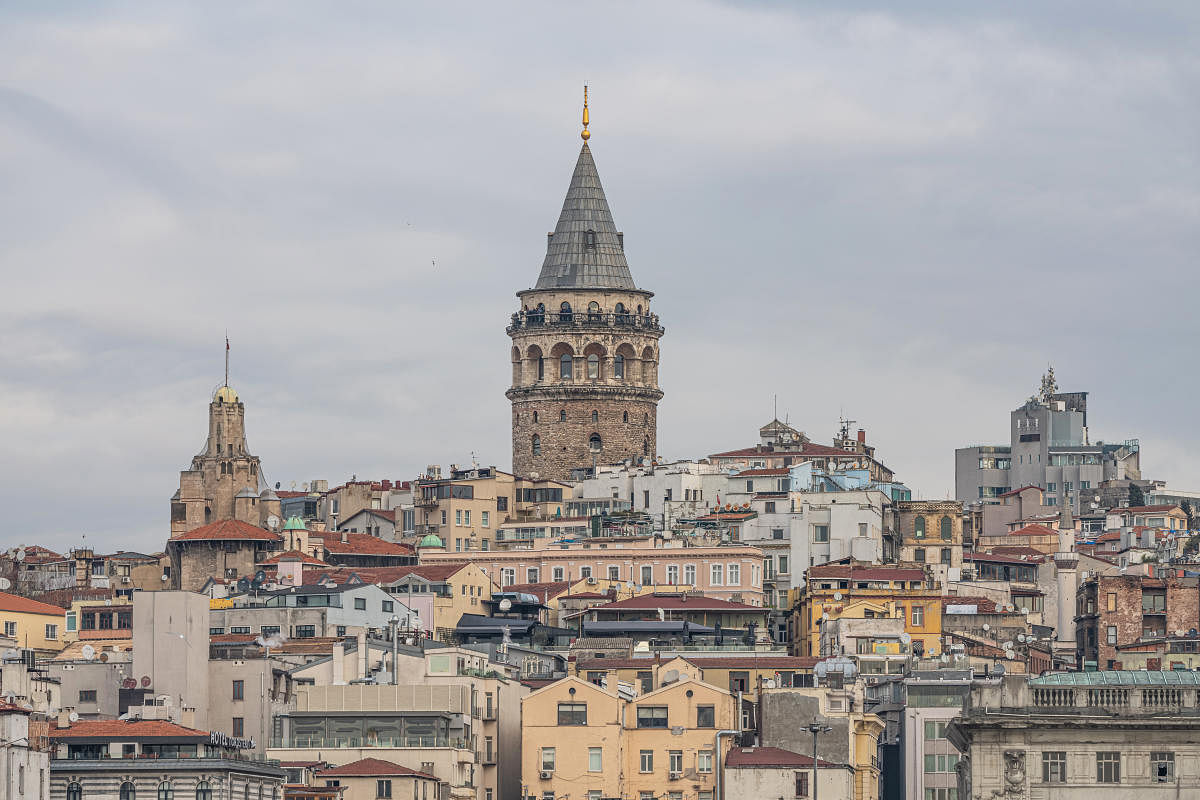
Every city moves to its own beat or rhythm. Istanbul had its own as we set out to discover. The pace was not too hurried and being on the coast, the air was fresh and bracing. We had settled into a compact, clean and comfortable boutique hotel in the old city, quite close to the sea speckled with ships and ferries and the famed Sultan Ahmet Square.
It felt great to wake up in Istanbul, novelist Orhan Pamuk’s perennial muse and final destination of the iconic Orient Express brought to life by Agatha Christie’s Murder on The Orient Express.
We explored Istanbul’s clean and well-maintained cobblestoned streets, dotted with charming cafes serving Turkish coffee and tea and restaurants with the legendary Baklava — and electric trams rushing in and out. The squealing sound of seagulls greets you everywhere. But, the foremost story was jazz musician and pianist Dave Brubeck who while on a tour of Turkey in the fifties, as part of the USA’s initiative to spread jazz in Europe and other countries, discovered Turkish musicians playing an odd 9-meter rhythm on the streets of Istanbul that fascinated him into composing his Blue Rondo A La Turk around that rhythm. I had read that when Brubeck queried the musicians, they replied, “Like how Blues is to you in America, this rhythm is for us in Turkey.” Art and music is an essential part of Turkish culture and like anywhere in the world, it brings colour and verve to life. The Saz and the Oud are the traditional instruments of choice of very talented buskers in the subway and elsewhere and professional musicians in clubs playing haunting melodies and singing with ease and elan.
Jazz has had a profound impact on Istanbul as was evident from its jazz clubs with regular quartets, trios, duos, ensembles both visiting and local groups filling its calendar. These are all located mostly around the Taksim area, known for its nightlife, a 30min train ride from where we were. The well-known ones are Nardis (named after the Miles Davis composition) the Bova Jazz Club and Divine Brasserie with bands performing jazz standards, Turkish jazz and original music as well. Lest we forget this was still the pandemic, the masks were down and so was the Lira! Most clubs had a cap of 50% seating. We visited the club Cemiyet which featured local Turkish musicians performing popular Turkish music. Istanbul has an extremely liberal culture quite like any city in Europe as men and women dress trendily, frequenting clubs often and ‘letting their hair down’.
We also discovered that Coppola’s The Godfather theme was very popular as the preferred ringtone of quite a few phones of its citizens.
At the music instrument store inside the ancient and sprawling thousand-year-old Grand Bazaar, touted as the oldest mall in the world, we were fortunate to meet a seasoned musician, Atila who didn’t know a word of English but we instantly communicated as we both played the Oud, jammed and ended on a familiar tune, the theme from The Godfather!
On our way to a music club, in the subway, we stopped in our tracks to listen to a blind Saz player and singer and it seemed like the whole of Turkish culture was captured in his evocative and compelling piece, time stood still.